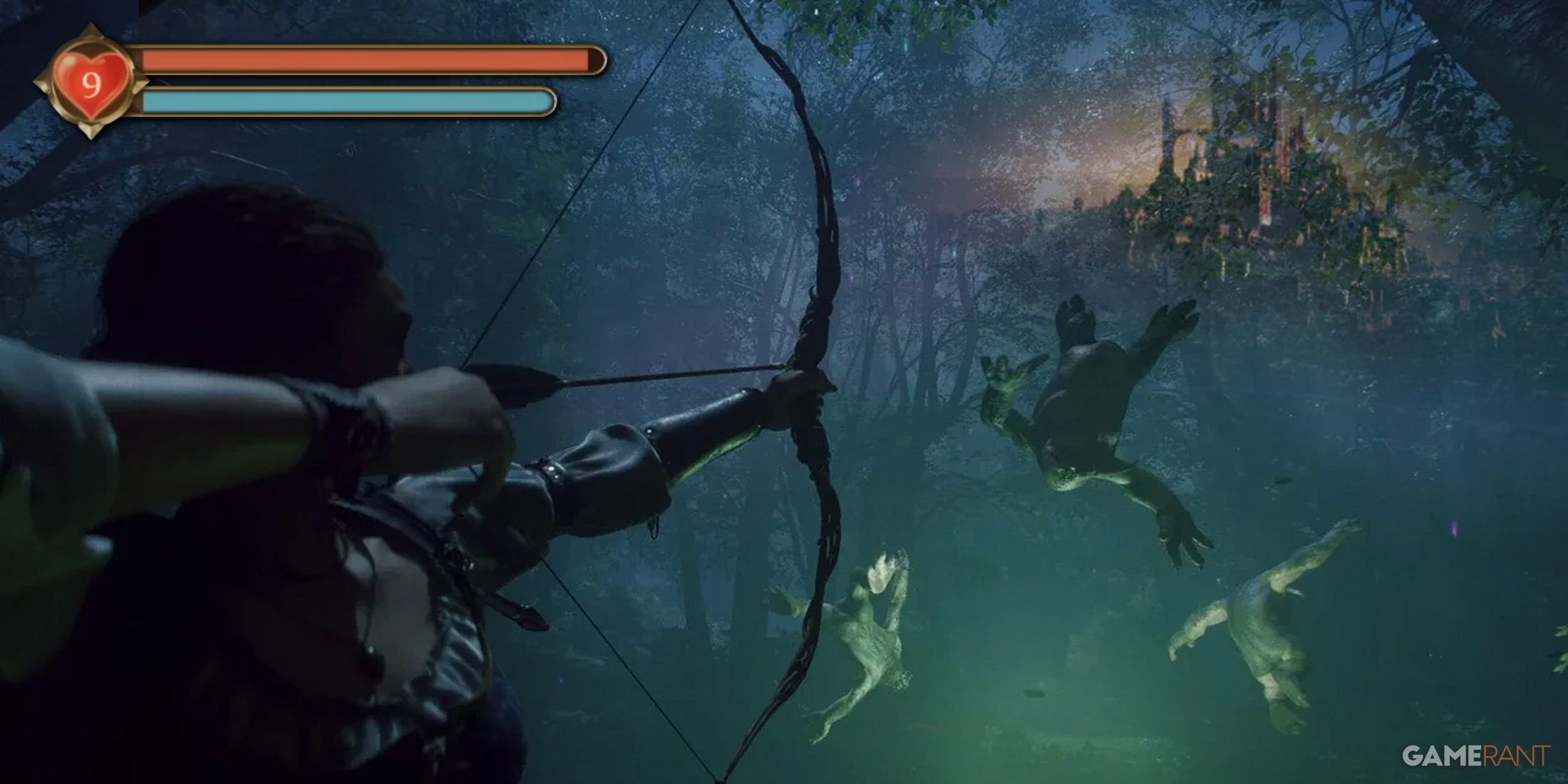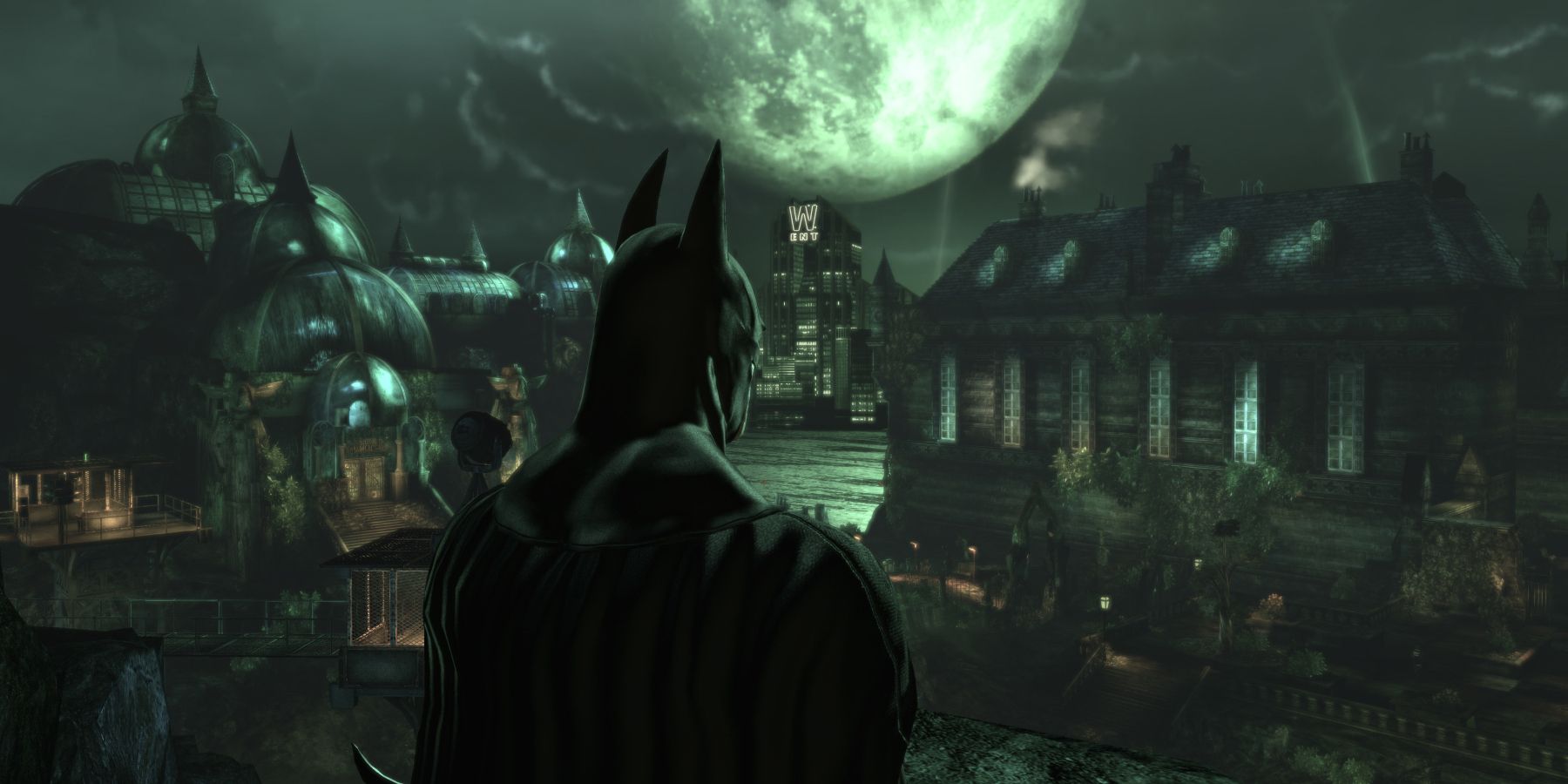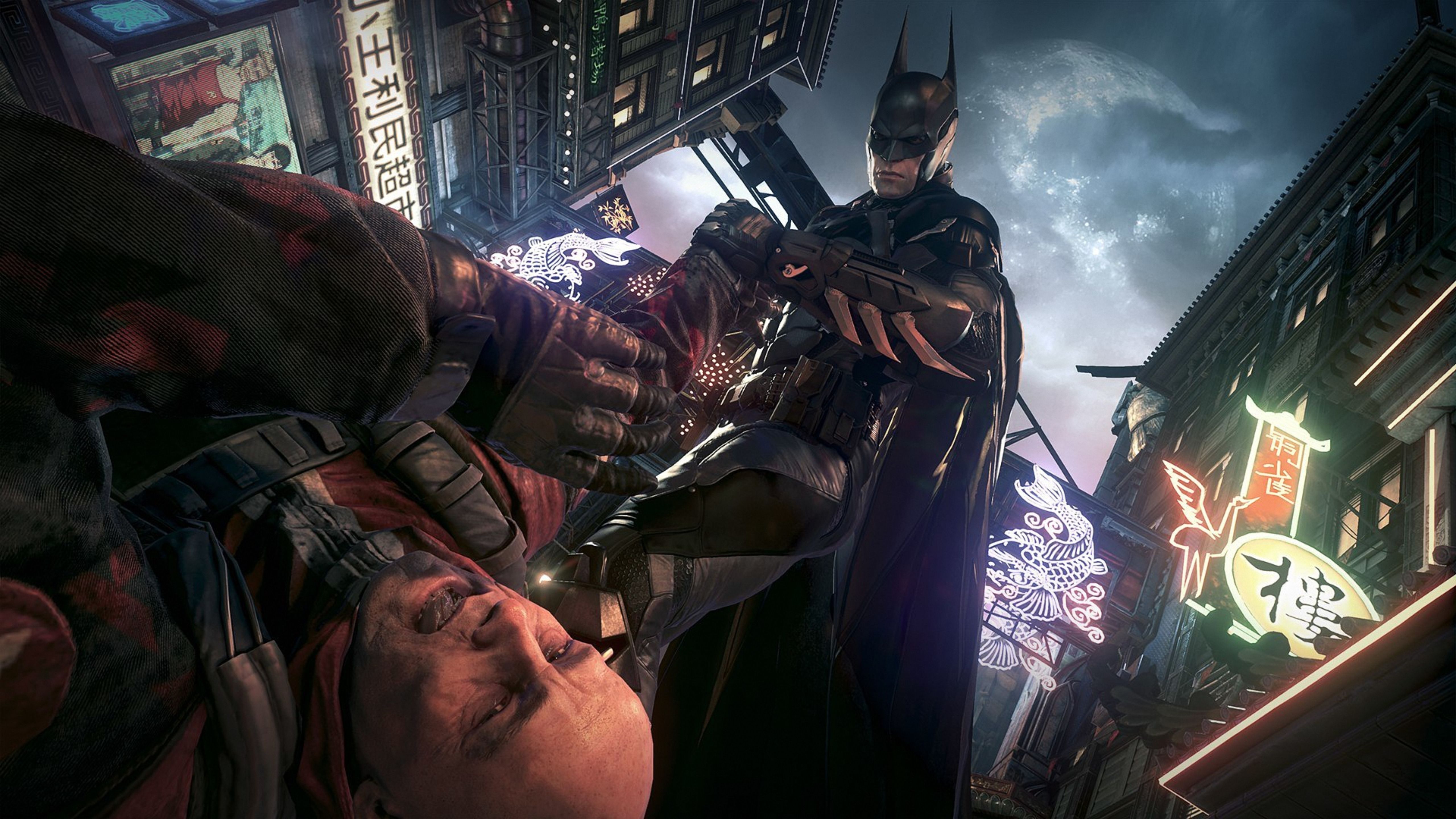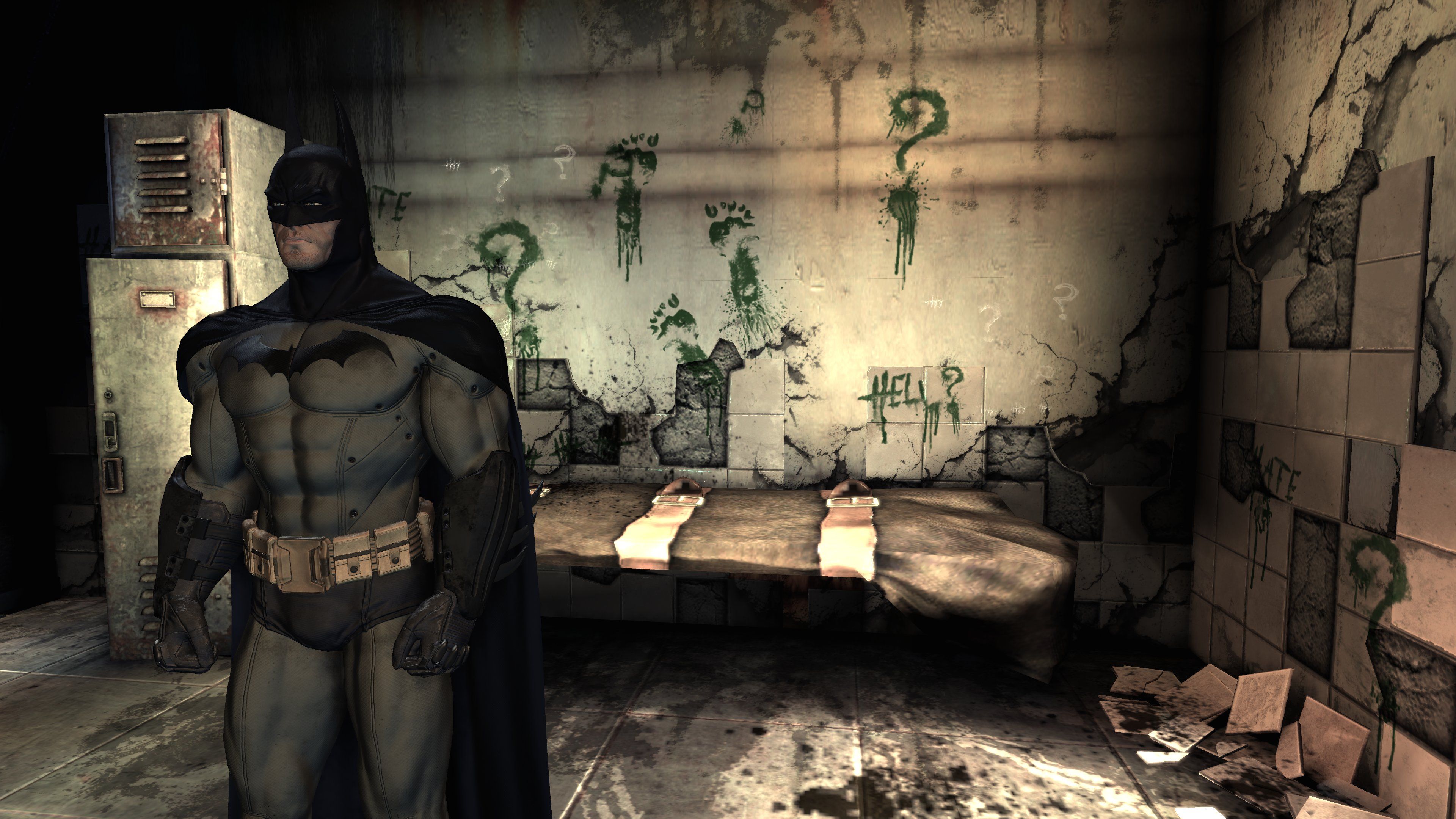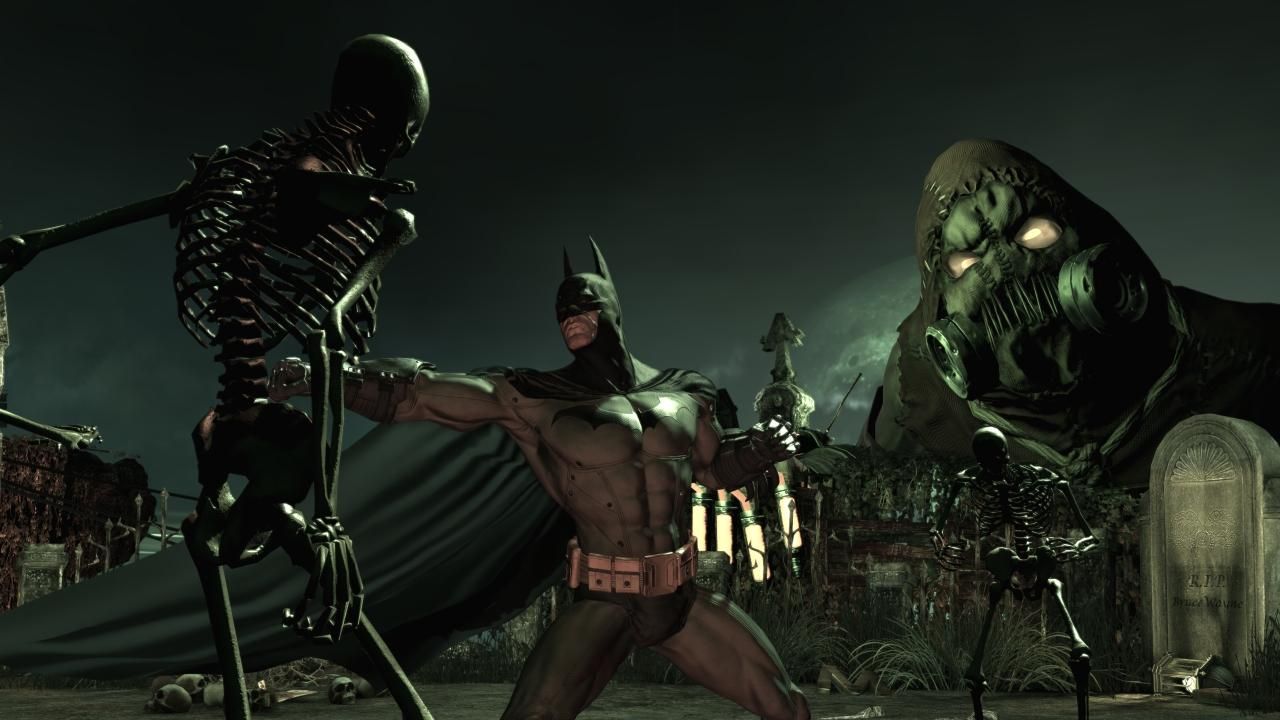Rocksteady’s Batman: Arkham franchise, along with WB Games Montreal’s Batman: Arkham Origins, will always be heralded as some of the best superhero games of all time. Batman: Arkham Asylum, Batman: Arkham City, and Batman: Arkham Knight all achieve different characteristics in gameplay and narrative that uphold them as some of the best action-adventure titles set in DC and Batman’s mythology. Interestingly, "Arkham" is the common denominator in each installment and establishes Rocksteady’s Batman universe.
However, the same atmosphere and aesthetic is not necessarily perpetuated throughout Batman: Arkham Asylum’s sequels. Batman: Arkham Knight, for example, concludes with a lackluster plot twist that would have had far more impact if certain narrative choices were etched into the franchise’s earliest moments. If Batman: Arkham Knight’s third act took players back to Arkham Island with actual exploration and gameplay, it would have cohesively wrapped up Rocksteady’s trilogy. It would've been the ideal ending for a franchise that, at least loosely, centered its narrative around the psychiatric institution.
Rocksteady's Arkham Franchise Is Only Loosely Tied to Arkham Asylum
Batman: Arkham Asylum established a definitive, broody tone in its art direction with gothic architecture under an enormous moon. This makes sense, as Rocksteady’s first installment, Batman: Arkham Asylum, uniquely allows players to explore Arkham Island and the insane asylum’s many faculties. Batman: Arkham Asylum aptly depicts the horrific institution that Batman delivers his illustrious nemeses to. Unfortunately, the title of "Arkham" becomes more of a universe signifier than a narrative thread that stretches between each installment.
Batman: Arkham City then introduces a narratively nonsensical decision in having a city-wide infrastructure walled-off from the rest of Gotham, which would allow countless criminals and notorious supervillains to roam freely beneath TYGER supervision. Besides the fact that this abominable plan would never be logistically accepted or funded, it is only associable to Arkham through Mayor Quincy Sharp, who was formerly Arkham Asylum’s warden.
Rather, Arkham City as a concept extrapolates the idea of Arkham Asylum into a city for the criminally insane, as a way to maintain its scope, while having an open-world to grapnel-boost through. It also gives Batman: Arkham City the excuse to not have Gotham’s citizens running around in the streets, though Batman: Arkham Knight would later explain this in its contemporary Gotham boroughs through a city-wide evacuation.
However, Batman: Arkham Knight is not exempt from its loose and obtuse Arkham connection either. The word "Arkham" does appear in each installment, but its inclusions seem obligatory, as if Rocksteady knew that "Arkham" had to be part of each game’s title no matter what, and thus the name "Arkham Knight" was decided upon for Jason Todd’s alter-ego. Jason's existence and the horrors he endured laid bare the perfect opportunity for Rocksteady to embrace Arkham Asylum, and it let that opportunity slip.
Batman: Arkham Knight's Plot Twist Could Have Been More Impactful
Batman: Arkham Knight suggests that Joker tortured Jason and held him captive in Arkham Asylum. Unfortunately, much of this context is shoe-horned in because the player has no fundamental knowledge about Batman’s relationships with any of his Bat Family cohorts besides Alfred. Batman is incredibly inconsiderate and dismissive toward the newest Robin (Tim Drake) in Batman: Arkham City, and he seems cordial enough with Barbara Gordon, who has settled into her post-Batgirl role as Oracle.
Besides that, players did not even know that Jason existed in this universe until Batman: Arkham Knight, and Joker seems like an unreliable narrator as a figment of Bruce’s hallucinations in the first place. It hardly feels like a relationship that players can be empathetic toward at all. Jason’s hatred stems from the belief that Bruce had perhaps forgotten about him and initiated a new Robin so soon after his disappearance. Meanwhile, Bruce had believed Jason to be dead, so there was arguably no reason for Bruce to continue looking for him.
It all ultimately comes back to Arkham Asylum, but that is not reflected in the narrative nearly as much as it should have been for a franchise that centers around the asylum’s name for its continuity. If Jason's existence had been decided upon during Batman: Arkham Asylum’s inception, a carefully placed and unassuming Easter egg could have been seen somewhere that would seemingly serve no purpose. It wouldn't be until it was learned in Batman: Arkham Knight that players previously passed by a ward or cell that Jason was kept in.
Batman: Arkham Knight Should Have Ended Where the Trilogy Started
To be fair, Batman: Arkham Knight’s third act does technically have Scarecrow take Batman back to the supposed ruins of Arkham Asylum. This occurs when Batman is forced to remove his utility belt and hop into Scarecrow’s van, and players see a recreation of Batman: Arkham Asylum's opening cutscene where Batman arrives at the island. Since players do not actually get to explore the island itself, and it is there merely for cutscene purposes, it feels underwhelming. As a result, the fact that Arkham Asylum is returned to is quickly overshadowed and overlooked.
The giant containment locker that Batman locks Joker’s memory into is the same sort of chamber that Joker frees a Titan-mutated brute from in Batman: Arkham Asylum. This could have been represented at the asylum itself, instead of in Bruce's Joker hallucinations, and explicitly drawn the franchise full-circle. Similarly, Batman: Arkham Knight’s final boss battle could have taken place in a familiar location players have been to before in the asylum, such as the Intensive Treatment Center, the Penitentiary, or the Medical Facility.
There is hardly any connective tissue between each game besides characters’ relationships and how they interact with one another. However, Rocksteady's trilogy, as well as Batman: Arkham Origins, undoubtedly features some of the greatest superhero games all the same. Batman: Arkham Knight ultimately concludes the story that Rocksteady wanted to tell.
When Dark Souls 3 takes players back to Anor Londo, for example, it is a stunning piece of nostalgia that neatly bookends the Dark Souls trilogy with its own iconography and locations. Batman: Arkham Knight instead concentrates too much on its overwhelming militia occupancy and the Arkham Knight’s meager, transparent persona to have indulged such nostalgia in its own franchise.
Batman: Arkham Knight is available now on PC, PS4, and Xbox One.

